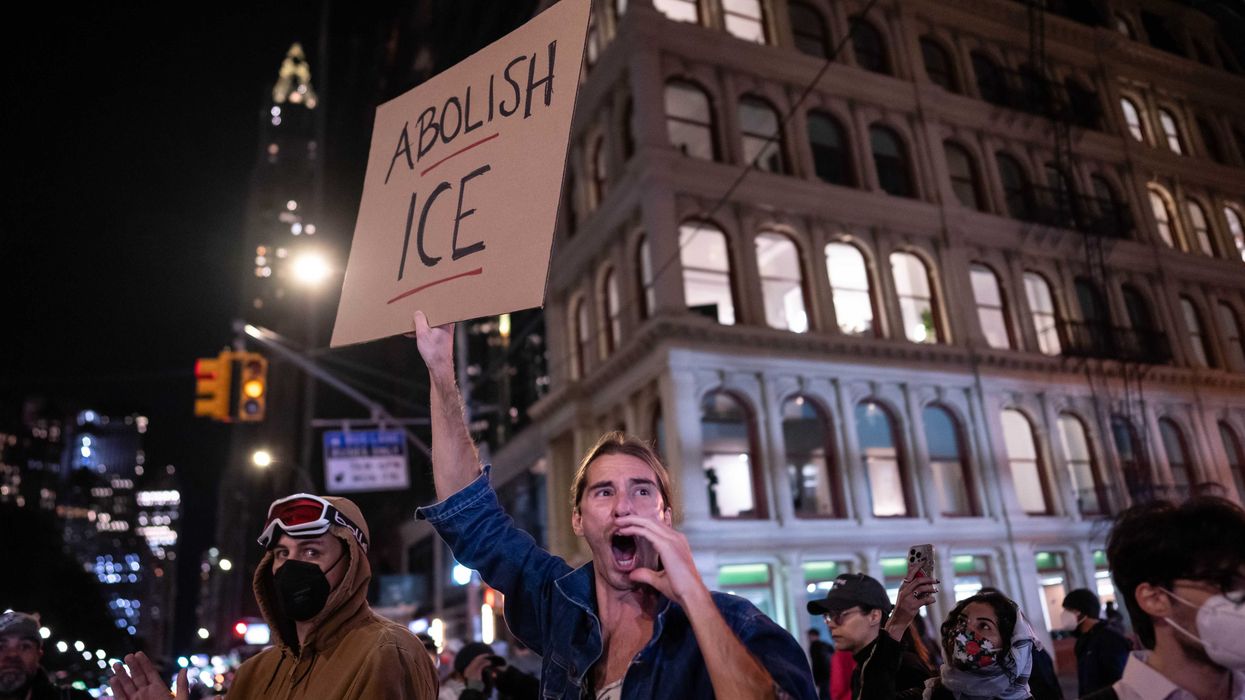If we learned nothing from the media over the past 4 years it's that colluding with a foreign entity to either win an election or for personal gain is absolutely grotesque. Well, that depends on whether you have a (D) or (R) before your name anyway. President Trump was impeached on rumor and innuendo yet Joe Biden has all but skated on his corruption up to this point.
Below is a timeline that shows the level of corruption and the lengths the Biden's went to in order to build that family's wealth and influence internationally.
2009
In 2009, Joe Biden was the brand-new Vice President and John Kerry was a U.S. Senator. Just five months after Joe was sworn in, his son Hunter, and Kerry's stepson, Christopher Heinz, formed an international private equity firm called Rosemont Capital. It had several different branches, including one called Rosemont Seneca Partners.
2010
Just nine months after Rosemont Seneca opened its doors, Hunter Biden went to China for meetings with executives from China's biggest banks, and its sovereign wealth and social security funds. That's unheard-of access for a brand-new firm. Was it just coincidence that at the same time Hunter was meeting these Chinese bigwigs, his dad was meeting with China's then-president Hu Jintao in Washington DC at a nuclear security summit?
2011
In May 2011, Joe Biden met with Chinese officials for the U.S.-China Strategic & Economic Dialogue conference in Washington. Just two weeks later, Hunter Biden went to Taiwan for meetings with the same Chinese financial giants he'd met in China in 2010, plus some new ones.
2013
By December 2013, Joe Biden was enjoying his second term as VP, and John Kerry was now Secretary of State. That's when Joe traveled to Beijing on an extended official trip and Hunter traveled with him on Air Force Two.
During their stay, Vice President Biden met with President Xi and Hunter was mostly out of sight. We don't know exactly what he was up to, but the deal finalized between Rosemont Seneca and the Bank of China just ten days after the Bidens' trip pretty much gives it away. The most powerful financial institution in China formed a joint venture with tiny Rosemont Seneca to create a giant new investment firm called Bohai Harvest RST – the "RS" stands for Rosemont Seneca.
The firm is often called "BHR" for short.
Hunter Biden was a member of the Board. Remember, the Bank of China is government-owned, which means its business is completely intertwined with the goals of the Chinese Communist Party. BHR also got the freedom to operate in the newly created Shanghai Free-Trade Zone where, over the next six years, it would use $2.5 billion of Chinese government money to invest in China, as well as in other countries, including the U.S.
During their Beijing trip, Hunter also introduced Jonathan Li to his dad. Li is Hunter's business partner – he's CEO and Director of BHR.
Hunter arranged for Joe to meet Li in the lobby of the hotel where they stayed during their Beijing trip.
2014
In 2014, one of BHR's first major investments was in the China General Nuclear Power Corporation.
CGN is a Chinese government-owned nuclear power company that sold off a stake of the company to outside investors. Problem is, CGN was under FBI investigation for paying informants in the U.S. to steal nuclear secrets.
In 2016, the FBI arrested the ringleader of this nuclear espionage, a man named Allen Ho.
When they arrested Ho, he was using a random code generator to access funds being provided to him from – where else? – the Bank of China.
Yet while this FBI probe was going on, the son of the Vice President owned a stake in the company being investigated. And even after arrests were made, Rosemont Seneca did not alter its relationship with BHR, nor did it divest from CGN, even though it was stealing U.S. nuclear secrets.
2015
In 2015, BHR partnered with the Aviation Industry Corporation of China (AVIC) to buy an American company called Henniges for $600 million.
AVIC is a gigantic military contractor in China – think Lockheed Martin – that makes fighter jets, bombers and drones. BHR bought 49% of Henniges and AVIC bought 51%.
Henniges is a precision parts manufacturer specializing in anti-vibration technology. The stuff they make is known as "dual use" by the U.S. State Department, which means the technology can also have a military application.
Because of that, the deal had to be approved by the Committee on Foreign Investment in the U.S. (CFIUS) since it could have national security implications. The thing is, the American side of BHR – meaning Hunter Biden and his pals – had to know there were serious national security implications with AVIC.
The year before they formed a partnership with AVIC, the Wall Street Journal reported how AVIC stole technology related to the U.S. Air Force's F-35 stealth fighter and used it in its own stealth fighter for the Chinese.
How the Committee on Foreign Investment approved that deal remains a mystery. CFIUS does not publicly disclose any information regarding its decisions. Their findings are not publicly announced.
Interesting that China accounted for the largest share – with 74 transactions – approved by CFIUS during Obama's second term (2013-2015).
Under the umbrella of Rosemont Capital was a real estate company called Rosemont Realty. In 2015, a Chinese company called Gemini Investments bought a 75% stake in Rosemont Realty. The company was renamed Gemini Rosemont
Gemini brought $3 billion to the partnership with Rosemont, with the aim of buying "Class A institutional-quality commercial office properties in U.S. markets."
Red flag (literally) – Gemini Investments is a subsidiary of the China Ocean Shipping Company, a.k.a., "COSCO."
COSCO is a Chinese government-owned company. Its headquarters in Beijing is actually next to the headquarters of the Bank of China. COSCO is well-known for its close military ties. It's essentially a branch of the Chinese Navy.
2017
In 2017, BHR invested in Face++. That's the facial recognition phone app built by a Chinese company that is incorporated in a separate app built by the Chinese government. Police in the Xinjiang [Sin-jong] region of China use that app to keep tabs on citizens, and track and detain Uiguhr [Wee-ger] Muslims.
The app allows police easy access to data about Chinese Muslims including things like religious activity, blood type, and even the amount of electricity they use.
2018
In March 2018, a spokesman (Chris Bastardi) for Christopher Heinz (John Kerry's stepson) emailed The Hill to say that Heinz had "no operating role" in Rosemont Seneca, and that he was not involved in any of Rosemont's deals in China (which contradicts Schweizer's report in his book Secret Empires).
Chris Heinz was involved in Rosemont Capital. Rosemont Seneca was established under the same GP as Rosemont Capital, but Chris Heinz had no operating role in it. Chris and his family have no financial interest or investment in Bohai Harvest RST, he has never traveled to China, and he has never met with the firm's Chinese management team or investors.
2019
In October 2019, Hunter Biden's lawyer, George Mesires, said Hunter did not conduct any business on that 2013 trip to Beijing with his Dad.
Mesires said the timing of BHR's business license getting approved was purely coincidental because the paperwork had been submitted months before the Bidens' China trip.
According to Hunter's lawyer, the approval " was not related in any way, shape or form to Hunter's visit."
Hunter Biden finally stepped down from the BHR board last October (2019), but he DID NOT give up his 10% stake in the company.

 AASHISH KIPHAYET / Contributor | Getty Images
AASHISH KIPHAYET / Contributor | Getty Images
 Harold M. Lambert / Contributor | Getty Images
Harold M. Lambert / Contributor | Getty Images Adam Gray / Stringer | Getty Images
Adam Gray / Stringer | Getty Images Anadolu / Contributor | Getty Images
Anadolu / Contributor | Getty Images